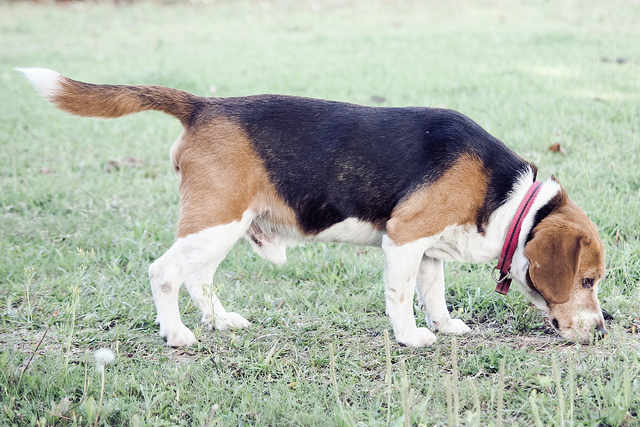Meet the Lovable Beagle
Officially recognized by the American Kennel Club (AKC) in 1885, the Beagle is a scent hound primarily used for hunting rabbits and hares back in the 18th century. Beagles are well-loved among pet owners, and in fact ranks 5th in the top 10 most popular dog breeds based on AKC’s 2015 registration report.
Appearance
The Beagle is a small sized breed that looks a lot like the miniature Foxhound – although it has a broader head and a shorter muzzle. The Beagle’s ears are long, large, slightly rounded, floppy and drops towards its cheeks.
Beagles can grow an average height of 13 to 16 inches, and weight around 18 to 36 pounds. They have short hair that comes in either tricolor – white with black and brown/tan or brown and tan, or two-color combination – white and tan/lemon/red/orange/brown/black. Despite their short coat, they do shed so regular brushing with a shedding tool or a hound glove is recommended to keep them well-groomed.
Temperament
When it comes to personality, Beagles are known to be smart, happy, curious, playful, friendly, lovable dogs which makes them great family companions. They do well with children and other dogs, too.
However, Beagles are prone to separation anxiety so it’s important that they are not left all alone for long hours of the day. A bored Beagle may resort to destroying things inside the house, which can become a problem.
Of course, Beagles excel with their keen sense of smell, which is said to be “one of the best developed of any dog, alongside the Bloodhound and the Basset Hound” (wikipedia). These days, Beagles are trained to perform a variety of useful roles in the society including drug and explosive detection, search and rescue, and as therapy dogs.
Are you thinking about getting a Beagle as pet? If so, please seriously consider if this dog breed is right for you. Don’t support puppy mills or buy from pet stores. Adopt a dog from a shelter or animal rescue center.










